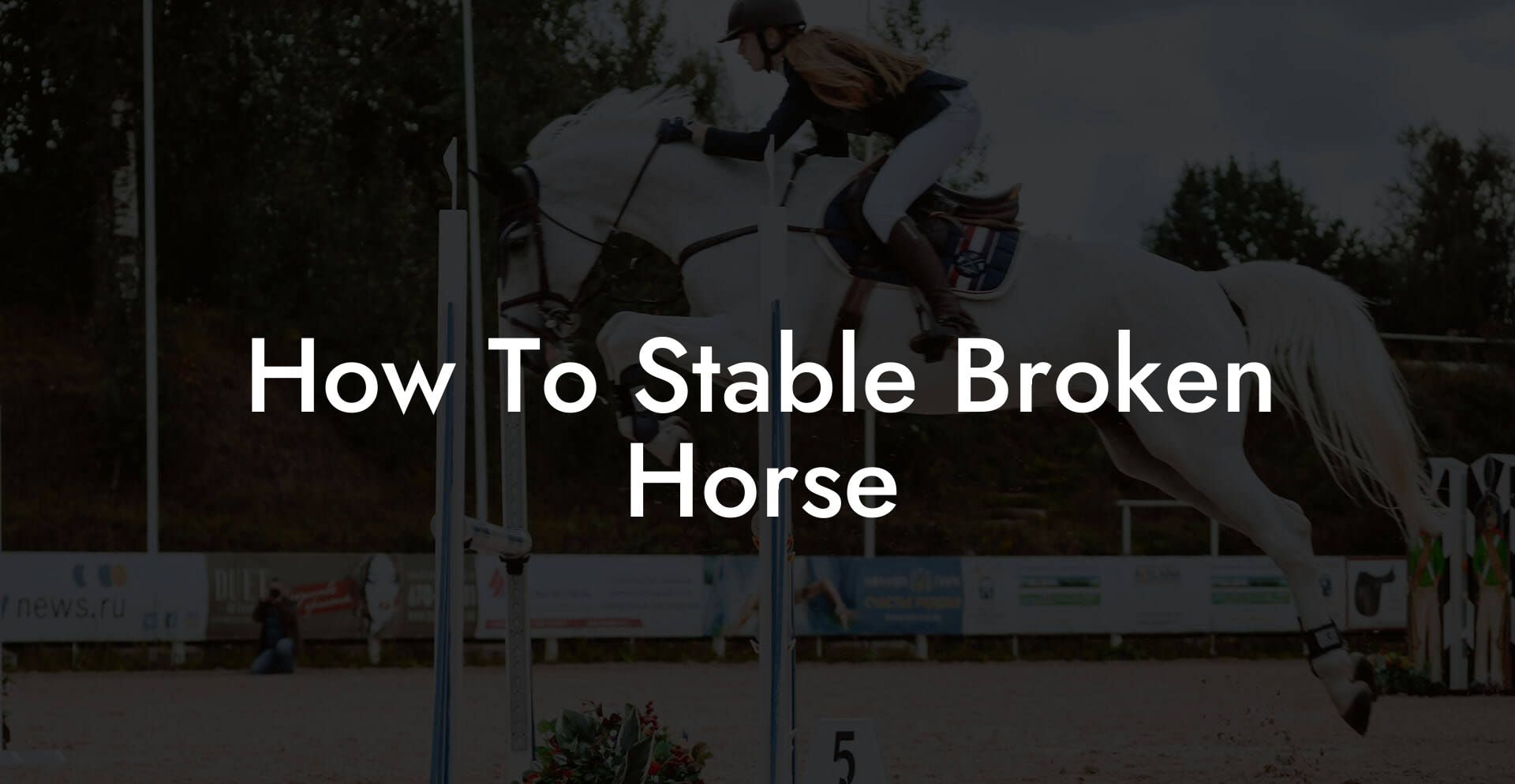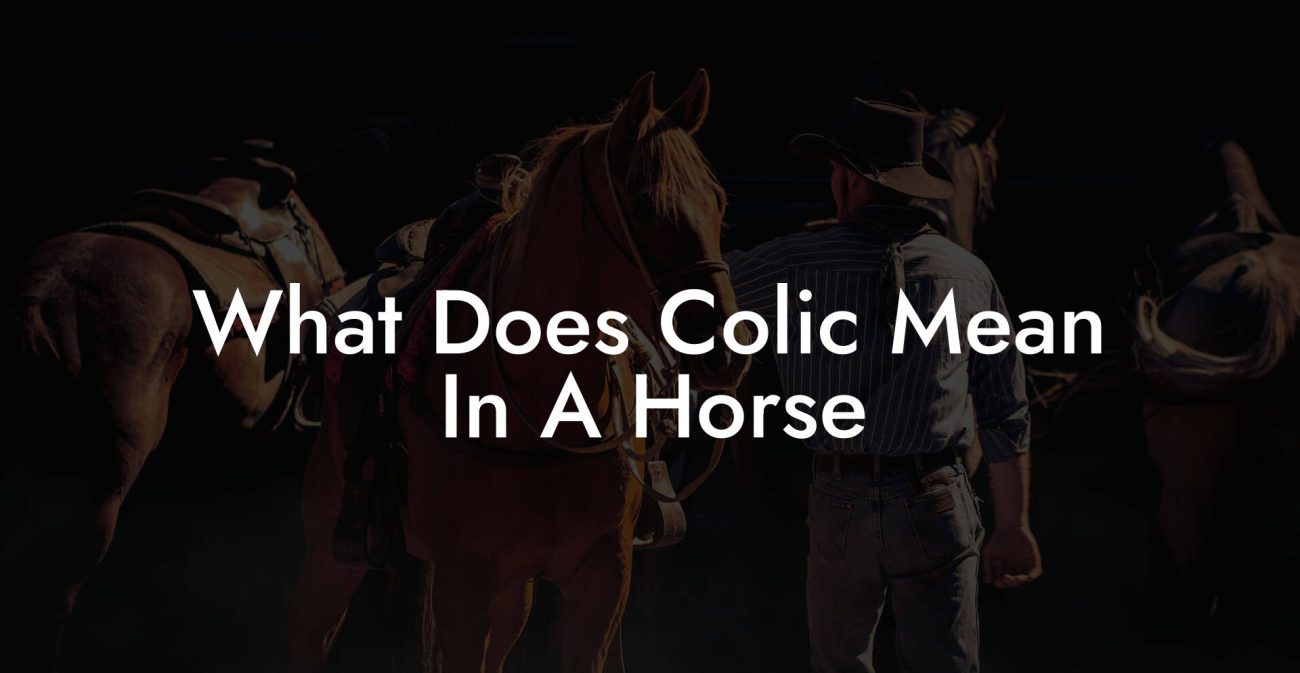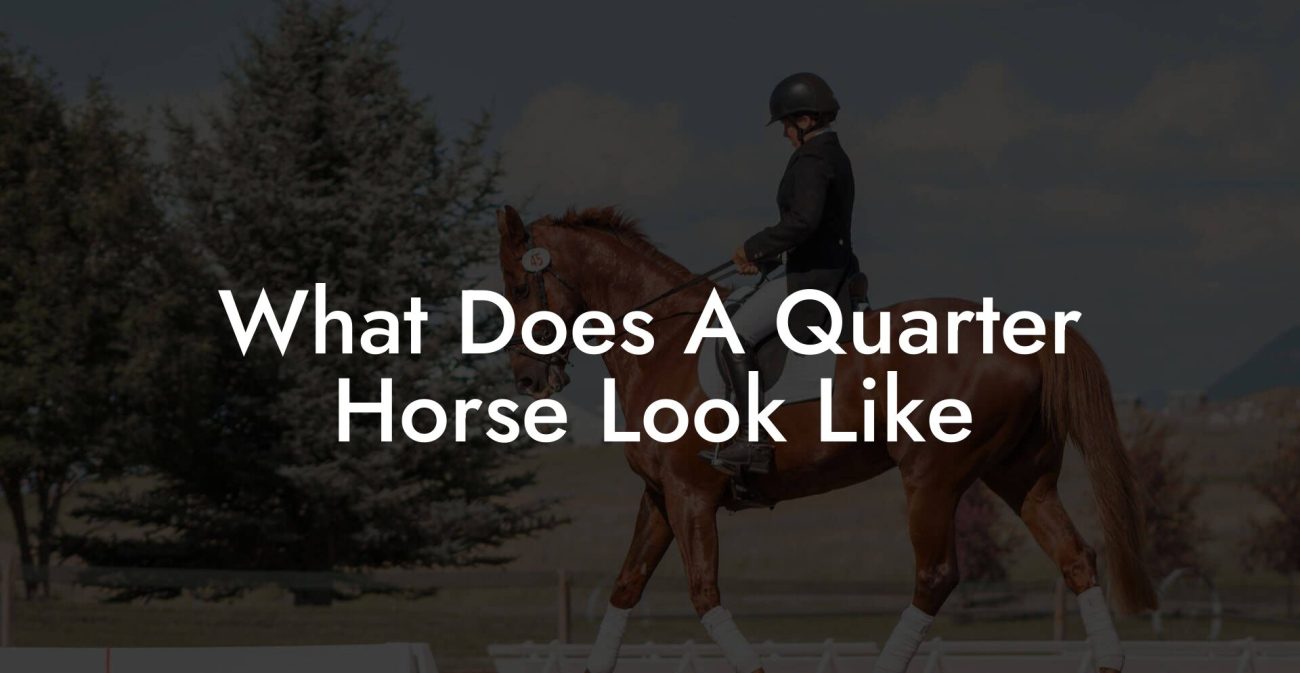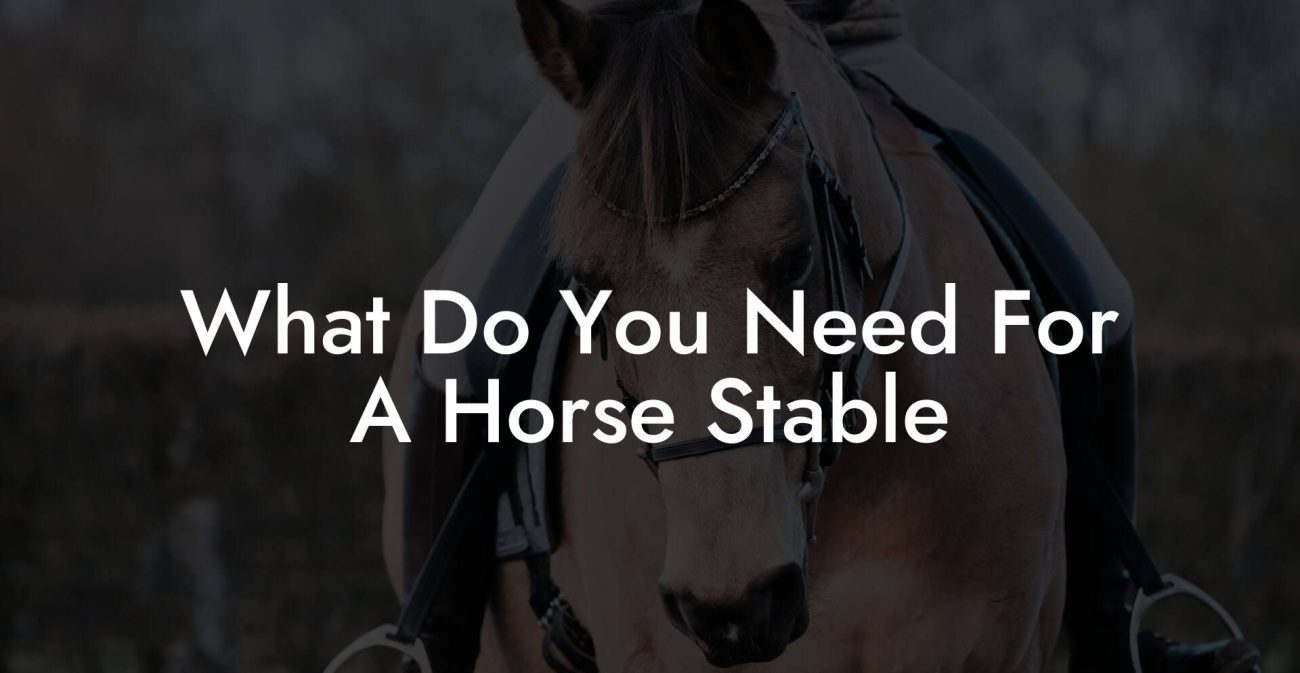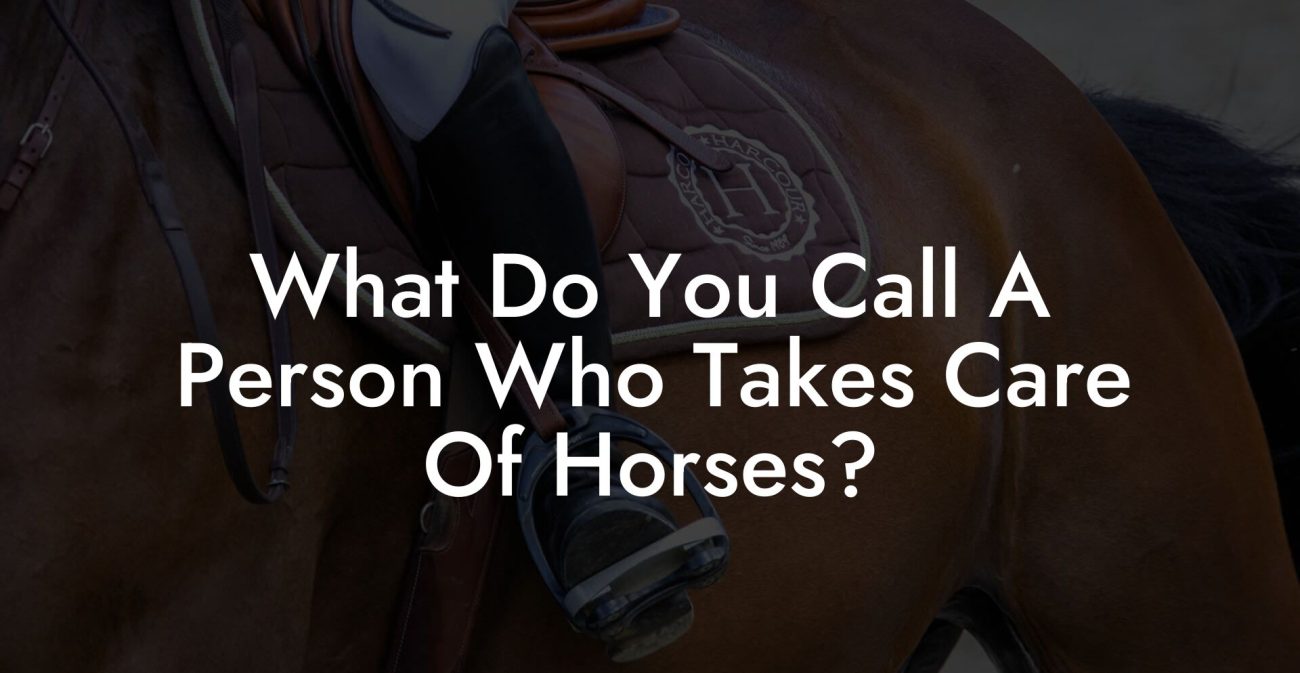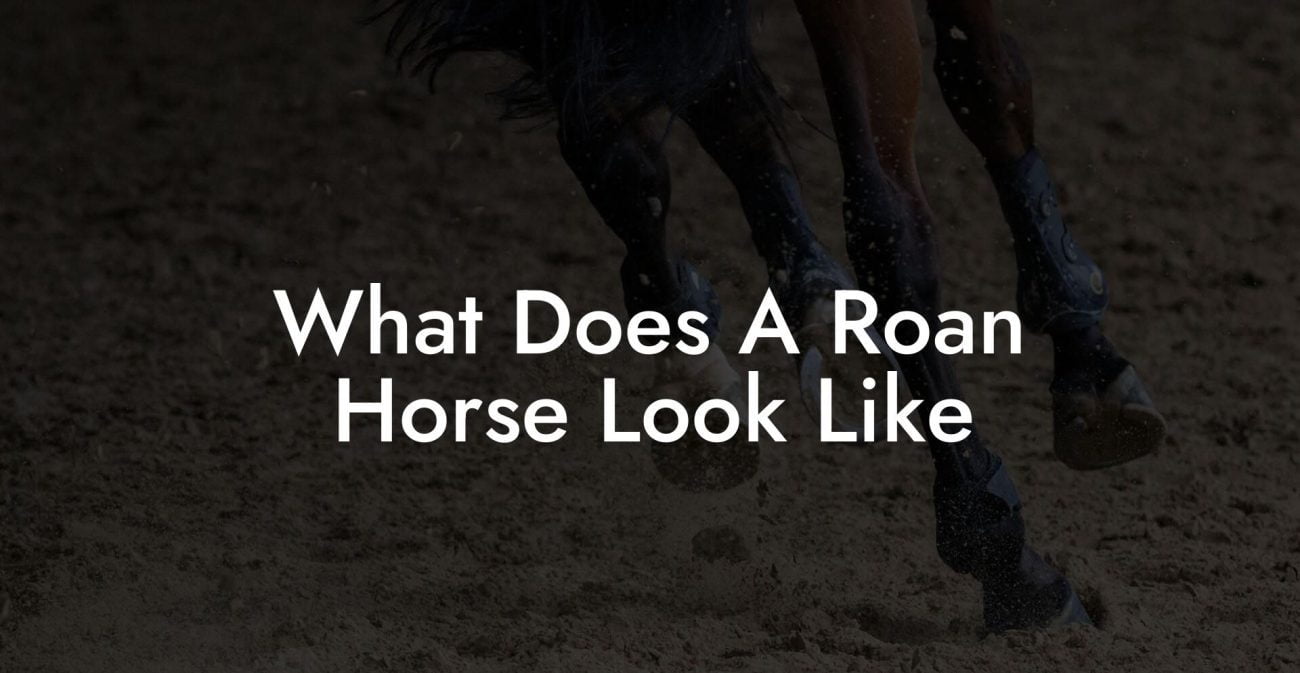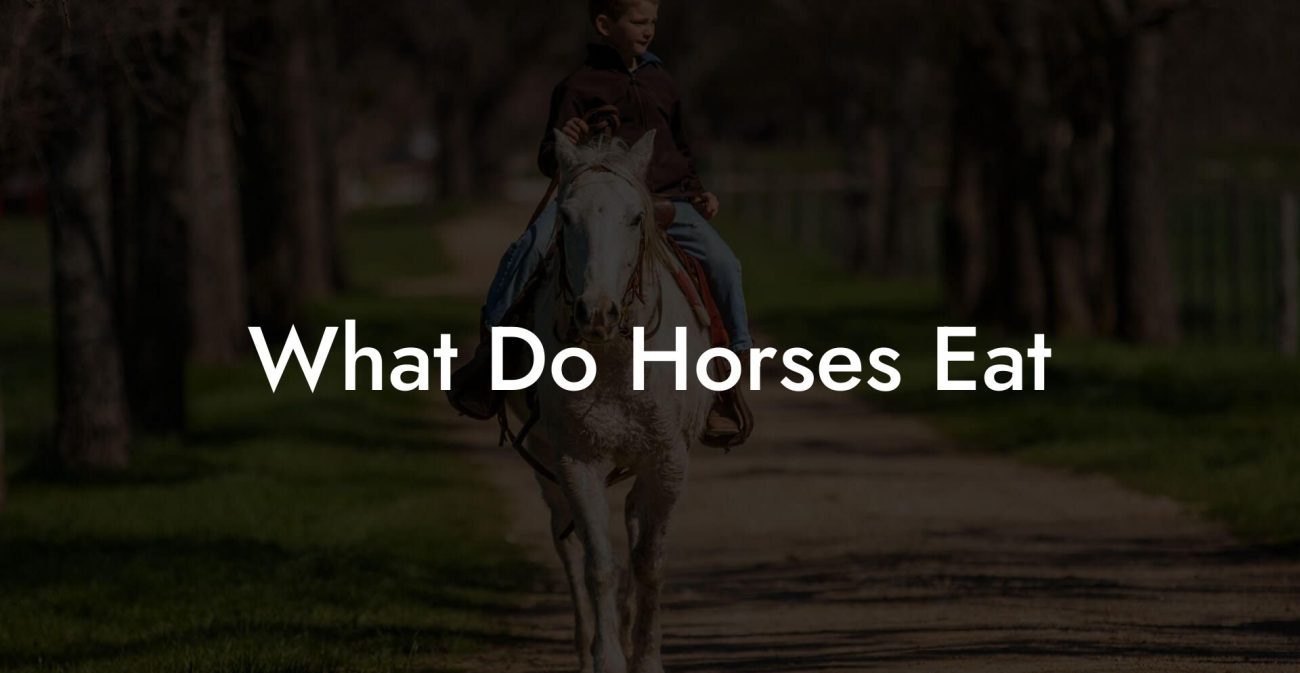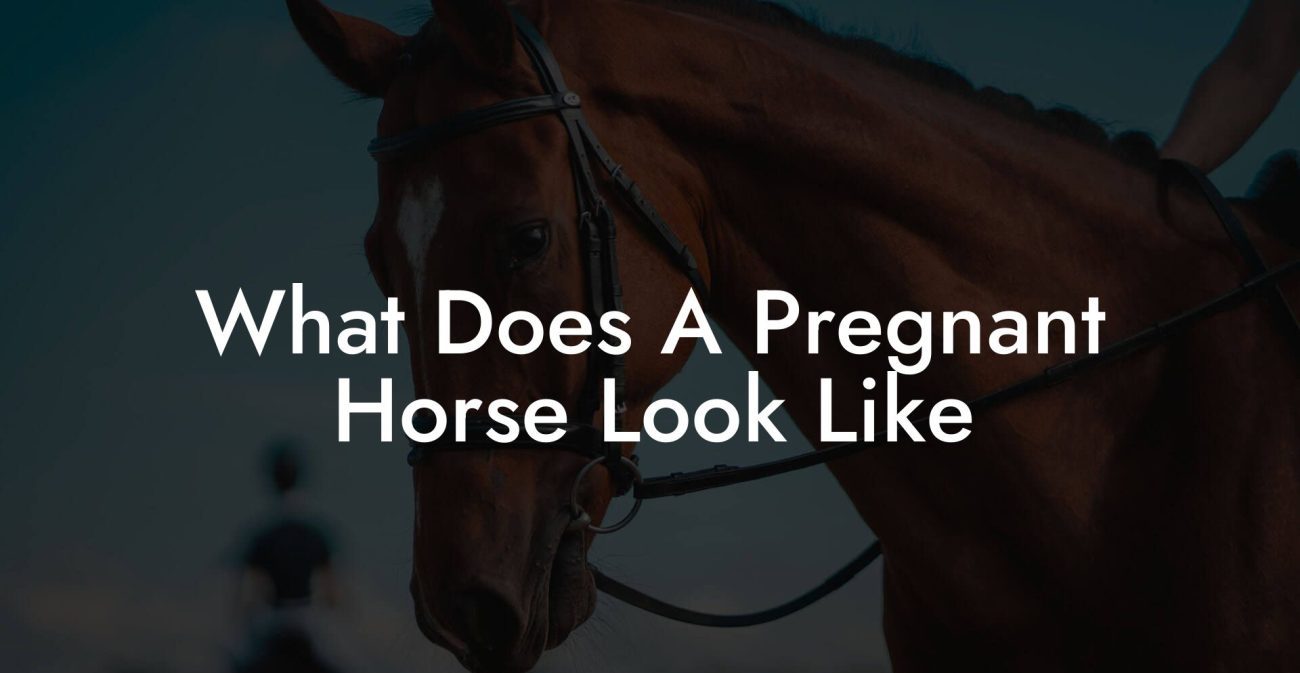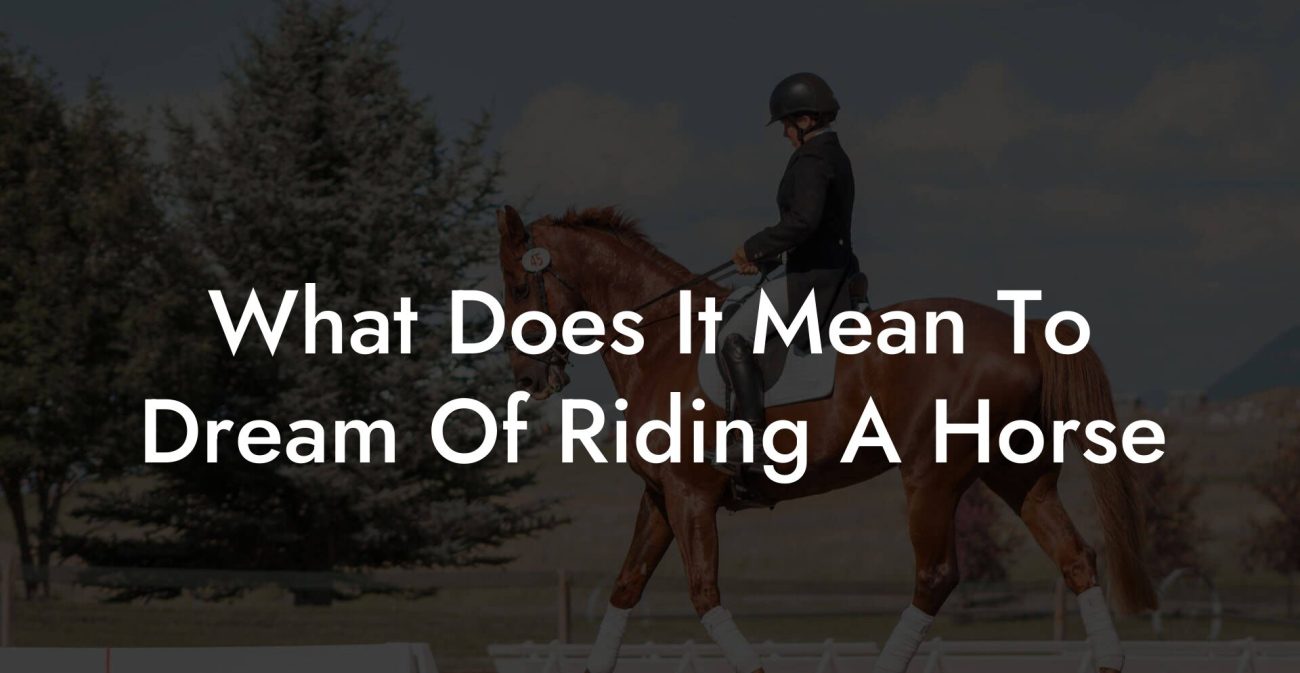Ever wondered how a broken horse, one that’s been through injury, trauma, or simply a rough patch, can find its way back to strength, confidence, and a happier life? In today’s fast-paced world where even our four-legged friends deserve VIP healing and care, we’re diving deep into the art and science of stabling a broken horse. This guide isn’t your dusty, old manual; it’s a fresh, Gen-Z and millennial-approved roadmap that blends modern research, expert tips, and playful insights to ensure your equine buddy gets the royal treatment they deserve.
Quick Links to Useful Sections
- What Does It Mean to Be a “Broken” Horse?
- Crafting the Ideal Stable Environment for a Broken Horse
- Safety First: Stable Design and Layout Essentials
- Optimizing Your Stable’s Physical Layout
- Embracing Modern Tech in Stable Management
- Daily Routines, grooming, and Care Techniques: The Nitty-Gritty of Horse Well-Being
- Rehabilitation and Physical Therapy: Getting Your Horse Back in the Saddle
- Mind-Body Connection: Calming a Traumatized Equine
- Nutrition and Wellness: Fueling Recovery and Growth
- Preventative Care and Long-Term Maintenance: Keeping Your Horse on the Path to Health
- Real-Life Transformations: Case Studies in Equine Resilience
- Case Study 1: Bella’s Comeback
- Case Study 2: Maverick’s Journey from Trauma to Trust
- Case Study 3: Luna’s Rise Above
- Resources and Community Support: Your Next Steps
- Frequently Asked Questions About Stabling a Broken Horse
- Your Journey to a Stronger, Happier Equine Future
What Does It Mean to Be a “Broken” Horse?
Let’s get one thing straight: “broken” doesn’t mean the horse is irreparably damaged. In equestrian lingo, a broken horse is one that’s had some hard knocks, be it from an injury, mental trauma, or even a rough training history, and now needs a nurturing environment to heal and rebuild trust. Just like when you hit a rough patch and need a supportive squad, a broken horse requires a thoughtful stable environment, compassionate care, and a personalized rehab plan.
The term “broken” might conjure images of despair, but in the equine community, it’s more about transformation. Whether it’s an emotional wound or a physical injury, the goal is to stabilize the horse, both literally and figuratively, for a comeback that’s nothing short of inspiring. With the right stable, routines, and a pinch of modern technology, even the most downtrodden equine can redefine its future.
In this guide, we’ll explore everything from the basics of creating a safe, welcoming stable environment to advanced rehabilitation methods. We’re talking expert-approved stable design, nutrition tailored for healing, cutting-edge tech in horse care, and real-life stories of transformation, all served with a side of humor and relatability for our time-savvy crowd.
Crafting the Ideal Stable Environment for a Broken Horse
When it comes to caring for a horse that’s experienced trauma or injury, your stable is more than just a shelter, it's a therapeutic haven. A well-designed stable creates an atmosphere of safety, predictability, and calm, which is essential for a horse that has been through the wringer. Whether you’re a seasoned equestrian or a newcomer to horse care, setting up an environment that fosters healing is your number one priority.
Here’s what you should consider when transforming your space:
- Location & Layout: Choose a quiet location away from noisy streets or bustling farm activities. A stable that’s secluded yet easily accessible helps reduce stress and allows your horse ample time to adapt to a peaceful setting.
- Size & Ventilation: Ensure the stall is spacious enough to allow freedom of movement. Good ventilation is key, stale air can amplify anxiety, while fresh air helps clear out moisture and odors.
- Lighting: Natural light plays a crucial role in a horse’s well-being. Large windows or skylights can make a world of difference, giving your horse a sense of connection to the outdoors.
- Safety Features: Non-slip flooring, proper door and window locks, and even cushioned walls protect your horse from accidental injuries. When dealing with a broken horse, every little detail counts.
Integrating modern stable management techniques and smart technologies, like climate control systems and digital monitoring, can further boost your horse’s recovery. Today’s stables are not just built for shelter; they’re engineered as holistic healing centers that cater to both physical rehabilitation and emotional recovery.
Think of your stable as your horse’s very own wellness retreat: a crash pad where safety meets technology, and calm meets care. With careful planning and attention to detail, you can create an environment that not only shelters but actively contributes to the healing process.
Safety First: Stable Design and Layout Essentials
Building a stable for a broken horse isn’t just about putting up four walls and a roof; it’s about curating a space that minimizes stress and maximizes recovery. Let’s break down the essential elements of a stable that screams (or rather, gently whispers) “welcome, friend.”
Optimizing Your Stable’s Physical Layout
When designing the perfect stable, consider the following:
- Open Spaces and Clear Horizons: Horses, like many animals, feel more secure when they can see what’s around them. Ensure your stable has enough window space or openings so your horse can observe its surroundings without feeling trapped.
- Quiet Zones: Create designated quiet areas within the stable where your horse can retreat, places free from constant movement or disruptive noises. This helps reduce anxiety and cultivates a sense of security.
- Ergonomic Stall Design: An ergonomically-designed stall considers everything from floor padding to the height of door frames, ensuring that your horse can move around comfortably and safely.
Embracing Modern Tech in Stable Management
The era of “old-school” stables is fading fast. Today, smart stables equipped with temperature control, automated feeders, and even motion sensors are increasingly popular for managing the delicate needs of a broken horse. These high-tech features not only ensure a stable environment that adjusts to seasonal or daily changes but also help you monitor your horse’s behavior and health in real time.
Imagine receiving an alert on your phone if the temperature in the stable dips below or soars above the optimal range, or if your horse isn’t moving as much as usual. These gadgets allow for proactive management, catching potential issues before they snowball into bigger problems.
The bottom line? A well-thought-out stable design, paired with modern innovations, creates an environment that nurtures a broken horse back to vitality. It’s a blend of art and science, where every element of design is carefully curated to foster healing.
Daily Routines, grooming, and Care Techniques: The Nitty-Gritty of Horse Well-Being
Getting a broken horse back into tip-top shape isn’t just about building the perfect stable, it also means establishing daily routines that provide consistency and comfort. From grooming to feeding and exercise, every activity is an opportunity to build trust and promote recovery.
Establishing a Routine: Horses, much like our favorite routines on Netflix, thrive on consistency. Creating a fixed schedule for feeding times, grooming sessions, and exercise helps your horse anticipate what’s coming next, reducing anxiety and building trust.
Grooming and Handling: Regular grooming is more than just a beauty ritual, it’s a bonding experience. Gentle, consistent brushing not only removes dirt and debris but also offers tactile stimulation that soothes sore muscles. Use soft grooming tools, and take your time to soothe any areas of tenderness. It might even turn into a chill “hangout” session reminiscent of a comfy spa day.
Feeding with Recovery in Mind: Nutrition plays a key role in recovery, and your horse’s diet should be as tailored as your morning smoothie bowl. Opt for high-quality hay, nutrient-rich grains, and supplements as recommended by veterinarians. During recovery, easily digestible feed that supports tissue repair and reduces inflammation is a game changer.
Exercise and Movement: While rest is crucial for healing, light, structured exercise can help maintain muscle tone and promote circulation. It’s all about balance. Controlled walks, gentle stretching, and even guided turnout sessions are invaluable components of a rehabilitation program.
Every interaction, whether it’s a grooming session or a calm moment in the pasture, builds a foundation of trust and understanding. For a broken horse, these daily rituals are not just tasks on a checklist; they’re stepping stones toward a stress-free, confident future.
Rehabilitation and Physical Therapy: Getting Your Horse Back in the Saddle
Rehabilitating a broken horse is like piecing together a high-stakes puzzle. It requires patience, precision, and a whole lot of heart. Whether your horse has suffered a physical injury or is recovering from emotional trauma, a tailored rehabilitation program can make all the difference.
Custom Therapy Plans: Just as every human recovery plan is unique, so is rehabilitation for horses. Collaborate with equine veterinarians and physiotherapists to design a program that addresses your horse’s specific needs. This might include manual therapies, hydrotherapy, or even acupuncture sessions that target stubborn muscle groups.
Gradual Reintroduction to Activity: Think of it as a “slow-mo” approach to recovery. Begin with short sessions of controlled exercise, walking in a controlled environment, followed by incremental increases in activity as your horse regains strength. The key here is gradual exposure, ensuring that every muscle and tendon gets the time it needs to heal properly.
Mindful Monitoring: Modern rehabilitation isn’t complete without the integration of technology. With wearable devices and smart sensors, you can track your horse’s vital signs, gait, and even stress levels during and after exercise. This real-time feedback is invaluable, allowing you to adjust the intensity and duration of sessions based on how your horse is truly responding.
Collaborative Care: Rehabilitation is a team sport. Involve everyone from your equine podiatrist to your stable manager. Regular check-ins, progress evaluations, and adjustments based on objective data and your personal observations ensure that your rehab plan evolves with your horse’s changing condition.
In essence, physical therapy for a broken horse is about mindful movement and progressive care. With the right plan, even the most injured horse can slowly but surely make a triumphant return to the pasture.
Mind-Body Connection: Calming a Traumatized Equine
While restoring physical health is critical, never underestimate the power of healing the mind. A broken horse, especially one that has endured emotional or physical distress, often harbors deep-seated anxiety that can hinder recovery. The mind-body connection isn’t just a catchy phrase; it’s a cornerstone of holistic equine care.
Building Trust and Compassion: Every routine interaction can help rebuild your horse’s confidence. Gentle mentoring through calm, consistent handling, as well as positive reinforcement techniques, creates a nurturing relationship. Over time, this bond helps your horse feel secure, allowing it to relax and heal.
Environmental Calming Techniques: Consider incorporating elements that soothe the senses. Soft, ambient lighting, calming music played at low volumes, and even aromatherapy (using equine-safe essential oils) may help lower stress levels. A peaceful stable environment not only comforts your horse but also signals that safety and care are the orders of the day.
Mindfulness and Equine Therapy: Believe it or not, some trainers have successfully integrated mindfulness techniques into their routines. Spending extra time in a quiet corner of the stable, engaging in slow, deliberate movements, or even practicing equine-assisted mindfulness exercises can help ease mental tension. These practices help rewire the neural pathways of stress, paving the way for a calmer, more receptive healing process.
Communication Beyond Words: Horses communicate primarily through body language. Being attuned to subtle shifts in posture, ear movement, and behavior is essential. By learning to "speak horse", understanding these nonverbal cues, you can more effectively address signs of anxiety or discomfort before they escalate.
Ultimately, the mind-body connection in equine care is about creating an environment where your horse feels seen, understood, and cared for. When fear gives way to trust, the healing process takes on a momentum of its own.
Nutrition and Wellness: Fueling Recovery and Growth
Just as your favorite artisanal brunch fuels your day, proper nutrition fuels a broken horse’s recovery journey. The healing process is holistic, and the diet plays a starring role in supporting muscle repair, reducing inflammation, and boosting overall energy levels.
The Healing Diet: Focus on feeding your horse nutrient-rich, easily digestible food. High-quality hay, balanced grains, and specially formulated supplements designed to reduce joint inflammation and support tissue repair can work wonders. Incorporate recommendations from equine nutritionists to tailor a plan that meets your horse’s unique needs.
Hydration Is Key: It might sound basic, but proper hydration is an essential building block for any recovery regimen. Clean, fresh water, available at all times, ensures that your horse’s digestive system functions optimally and that its muscles receive the hydration they need to bounce back from injury.
Incorporating Superfoods: Think of adding antioxidant-rich feeds like beet pulp, carrots, and leafy greens as the equivalent of your morning green smoothie. These components not only provide vitamins and minerals crucial for recovery but also help fight off inflammation, keeping your horse's immune system in fighting shape.
Monitoring Dietary Changes: Any significant diet changes should be introduced gradually. Keep a close eye on your horse’s response, this might include monitoring stool consistency, energy levels, and overall behavior. Adjusting the diet based on these observations is just as important as following a prescribed meal plan.
Integrating nutrition and wellness isn’t just about feeding, it’s about engaging in a mindful process that honors the body’s natural ability to heal. With every nourishing meal and sip of water, your horse is taking another step toward a full, vibrant recovery.
Preventative Care and Long-Term Maintenance: Keeping Your Horse on the Path to Health
Once your broken horse starts showing signs of progress, the journey doesn’t just end there. Preventative care and consistent maintenance help ensure that your equine friend stays healthy, strong, and resilient over the long haul. Think of it as regular self-care for your four-legged BFF.
Daily Health Checks and Routine Vet Visits: Even when everything seems fine, regular check-ups with an equine vet can catch issues before they become major problems. These routine visits, coupled with daily health checks at the stable, keep stress at bay and help maintain muscular balance while preventing re-injury.
Consistent Exercise and Stretching: Once your horse is stable, integrate a balanced routine of controlled exercise and stretching. Your horse should continue with light warm-ups, cool-downs, and targeted exercises to maintain flexibility, strength, and balance. Think of it as the equine version of your favorite yoga or Pilates routine.
Grooming and Mental Health: Maintaining a regular grooming schedule isn’t just about keeping your horse’s coat glossy, it’s also an excellent opportunity to monitor for new injuries or changes in behavior. Grooming sessions double as moments of calm and reassurance, reinforcing the bond between you and your horse.
Adapt and Evolve: As your horse grows stronger, its needs will evolve. Keep a detailed journal of activities, dietary changes, and any new behavioral patterns. This record helps you and your vet fine-tune a long-term care plan that adapts to the changing needs of your equine companion.
Preventative care is your insurance policy against relapse, ensuring that hard-won progress remains intact. Staying proactive and engaged is the secret sauce to long-term equine wellness.
Real-Life Transformations: Case Studies in Equine Resilience
Sometimes, the best way to believe in the power of a dedicated system is to hear a few real-life stories. Meet a few horses, and their fearless human companions, who turned adversity into triumph, showing that with the right stable, care routines, and a sprinkle of modern tech, recovery isn’t just possible, it’s inevitable.
Case Study 1: Bella’s Comeback
Bella was once a feisty mare who suffered a traumatic leg injury that left her wary and unsteady on her feet. After being moved to a stable designed with serenity in mind, with ample space, quiet zones, and natural light, Bella’s caregivers implemented a custom rehabilitation program. With consistent physical therapy sessions, gradual exercise routines, and a focused nutritional plan, Bella steadily regained her strength. Today, she’s making gentle trots around the paddock and even enjoys low-key trail rides, proving that with the right care, resilience truly shines through.
Case Study 2: Maverick’s Journey from Trauma to Trust
Maverick, a once high-spirited stallion with a turbulent past of rough training and minor injuries, had become apprehensive and withdrawn. His new stable environment, equipped with smart climate controls and soothing visuals, coupled with a dedicated program of mindfulness and gentle physical maneuvering, helped him overcome long-held fears. His caregivers also introduced equine massage therapy and a tailored diet to reduce inflammation. Over several months, Maverick transitioned from being a cautious, broken horse to a confident, trusting partner, engaging eagerly with his handlers and other horses.
Case Study 3: Luna’s Rise Above
Luna’s challenges were twofold, an old injury and the psychological impact of handling abuse early in life. Her transformation began when she was moved to a stable that prioritized healing through balanced lighting, ample ventilation, and a calm, predictable schedule. A combination of guided physical therapy, consistent grooming sessions, and mindful interactions helped break down her barriers. With the support of technology, such as wearable devices monitoring her activity, her caregivers gradually reintroduced structured exercise and social interaction. Luna’s inspiring journey from a broken, anxious horse to a relaxed, sociable companion is a repeat testament to the power of informed, compassionate care.
These stories not only illuminate the potential for recovery but also serve as inspiration for every horse owner willing to take that extra step. Real-life results prove that even when the odds seem stacked, a comprehensive, heart-led approach can pave the road to resilience.
Resources and Community Support: Your Next Steps
Embarking on the journey to stabilize a broken horse is as much about gathering the right resources as it is about personal commitment and time. Thankfully, you aren’t alone on this path. Between expert associations, online communities, and hands-on workshops, numerous avenues can provide support, education, and camaraderie.
Equine Specialist Networks: Look for local equine rehabilitation centers and veterinary hospitals that specialize in orthopedic and behavioral recovery. Many of these institutions offer consultation sessions and even group classes focusing on safe stabling practices and recovery exercises.
Online Forums and Social Media Groups: Platforms like Instagram, TikTok, Reddit, and dedicated equine Facebook groups are buzzing hubs for modern horse enthusiasts. Here, you can swap stories, exchange tips, and even discover the latest trends in stable design and equine care, perfect for the digitally inclined Gen-Z and millennial crowd.
Workshops, Webinars, and Tutorials: Educational content from seasoned trainers is just a click away. Countless webinars and online courses concentrate on everything from basic horse stable management to advanced rehabilitation techniques. These interactive sessions not only deliver expert advice but also foster a sense of community among attendees.
Mobile Apps and Digital Tools: Embrace technology with equine care apps that remind you of feeding times, track exercise routines, and monitor progress. These digital solutions help streamline your daily tasks and ensure that nothing falls through the cracks, keeping your horse’s recovery plan on track.
Where passion meets community, amazing breakthroughs happen. Connecting with fellow equine enthusiasts and tapping into academic research, local experts, and digital innovations can transform the way you approach your horse’s recovery. It’s not just about information; it’s about building a network of support that makes the challenging journey both enjoyable and rewarding.
Frequently Asked Questions About Stabling a Broken Horse
We know you have questions, and we’ve got answers. Here are some of the most common queries we receive about providing the best stable care for a broken horse:
1. What exactly does “stabling a broken horse” mean?
It involves creating a tailored, safe environment that addresses both the physical injuries and emotional trauma a horse may have experienced. This also includes customized rehabilitation programs, routine care, and modern technology integration.
2. How can I design a stable that promotes recovery?
Focus on space, ventilation, natural lighting, and safety features such as non-slip flooring and secure doors. Incorporate quiet zones and modern monitoring systems to ensure your horse feels safe and stress-free.
3. Is technology really necessary in the stable?
Not absolutely, but smart features like climate controls, automated feeders, and motion sensors provide real-time data and adaptive responses that can significantly enhance your horse’s recovery process.
4. What role does nutrition play in recovery?
Nutrition is critical. A carefully curated diet filled with high-quality hay, balanced grains, and supplements helps reduce inflammation and accelerates tissue repair, laying the foundation for overall healing.
5. How can I tell if my horse is making progress?
Look for gradual improvements in movement, decreased signs of anxiety, and better overall physical condition. Regular check-ups with an equine vet alongside daily monitoring will help track progress.
6. Are rehabilitation programs customizable?
Absolutely. Every horse is unique. Work with equine specialists to design a rehabilitation plan that considers the individual needs, injuries, and temperament of your horse.
7. Can I implement most of these strategies at home?
Yes, many aspects such as stable design, daily routines, and nutritional adjustments can be managed at home. However, specialized physical therapy and high-tech monitoring may require professional assistance.
8. How long does the recovery process usually take?
Recovery timelines vary greatly depending on the severity of the injury and the individual resilience of the horse. Patience, consistency, and regular professional evaluations are key.
The commitment you invest in your horse’s recovery today lays the groundwork for a lifetime of wellness and resilience.
Your Journey to a Stronger, Happier Equine Future
Stabling a broken horse is more than a set of tasks, it’s an evolving commitment to healing, trust, and renewal. By blending proven stable design principles with modern technology, daily care routines, rehabilitation strategies, and an emphasis on nutrition and emotional well-being, you create a holistic system that redefines equine recovery.
Every thoughtful adjustment, every moment spent understanding your horse’s unique needs, is a step towards not just recovery but transformation. You’re not simply managing an injury or mending a broken spirit, you’re cultivating an environment where hope, resilience, and continued growth take center stage.
So, roll up your sleeves, trust the process, and get ready to embark on a journey where each sunrise at the stable marks a new beginning for your equine companion. With compassion, science, and a dash of modern flair, you’re paving the way to a future where every horse, no matter how broken they seem today, has the chance to blossom into the champion they are destined to be.
Dive into these strategies, interact with supportive communities, and watch as each day brings you closer to a thriving, revitalized equine friend–one who’s not just stable but unstoppable.

